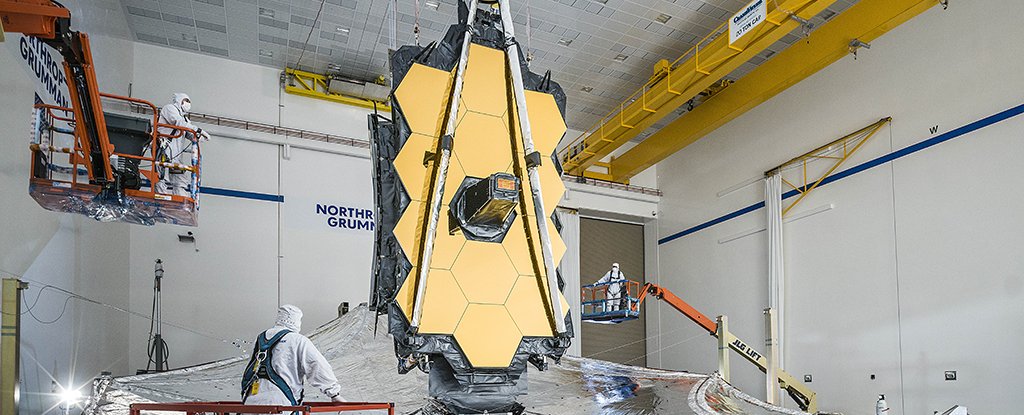
"It is widely anticipated that JWST will be transformative for exoplanet studies," Mikal-Evans writes, and his results demonstrate that not only will it be possible to use the telescope to hunt for biosignatures in the atmospheres of distant alien planets, but it could even be achieved with relative ease.
Webb, a NASA administrator between 1961 and 1968 and a key figure in the Apollo space program, the JWST is a joint venture between NASA, the European Space Agency (ESA), and the Canadian Space Agency (CSA).
When the JWST does get up into space, expect a long series of exciting discoveries: the telescope is fitted with instruments that enable it to see across longer distances and longer wavelengths, revealing signs of the early Universe that its predecessor Hubble can't spot.